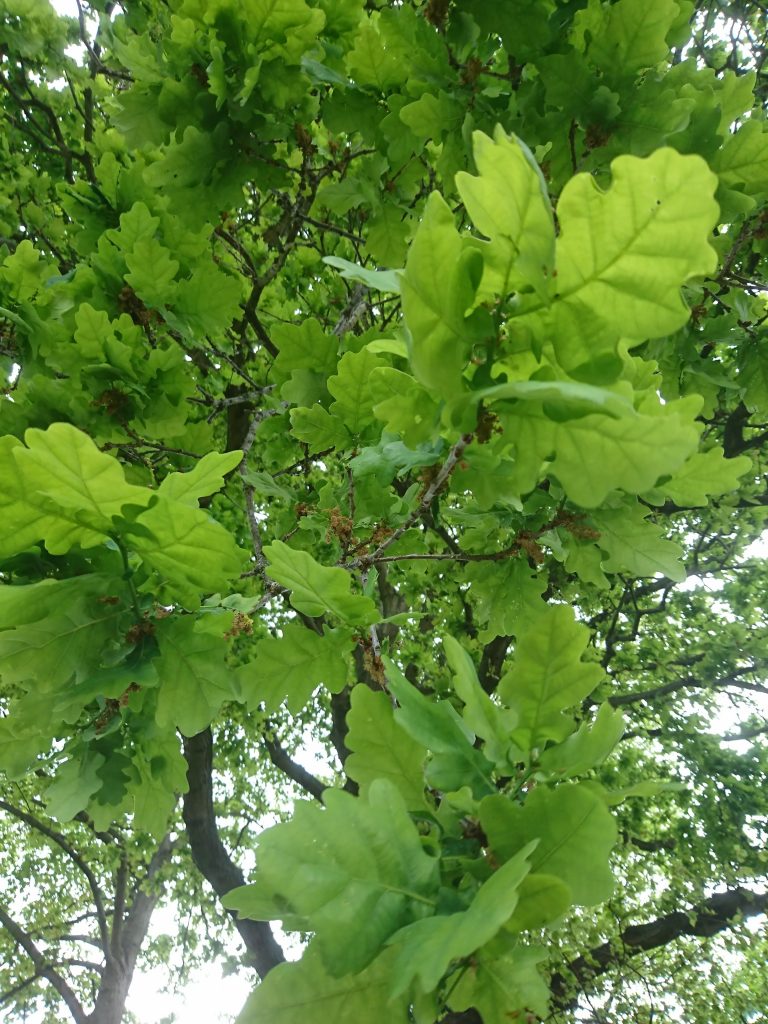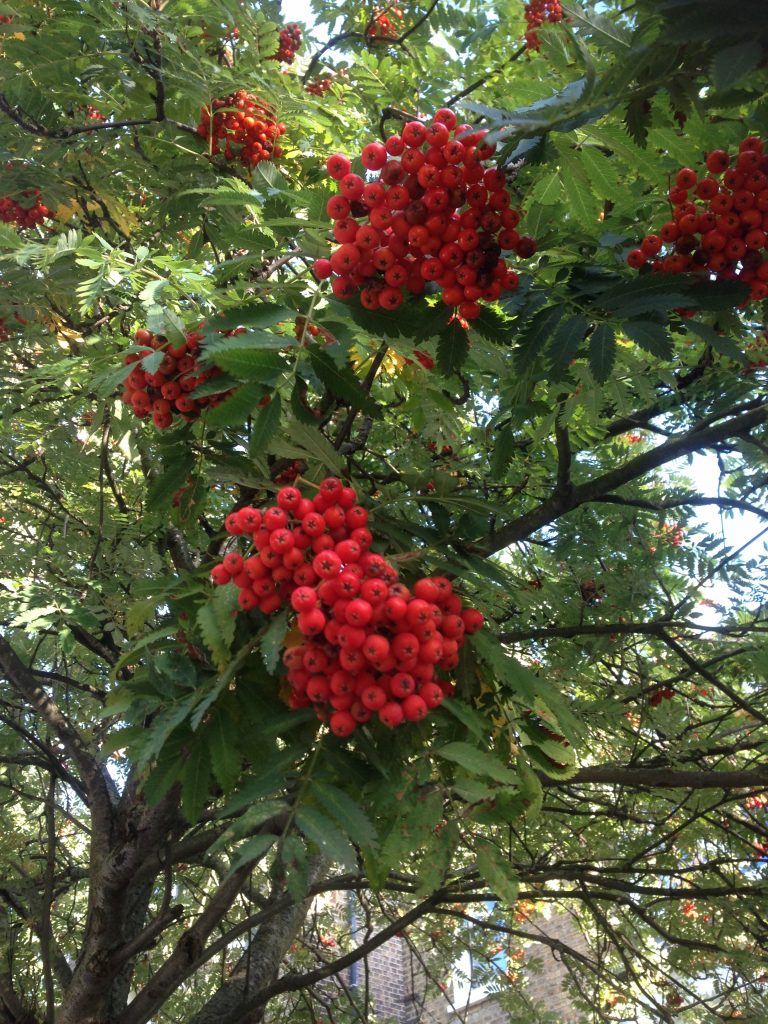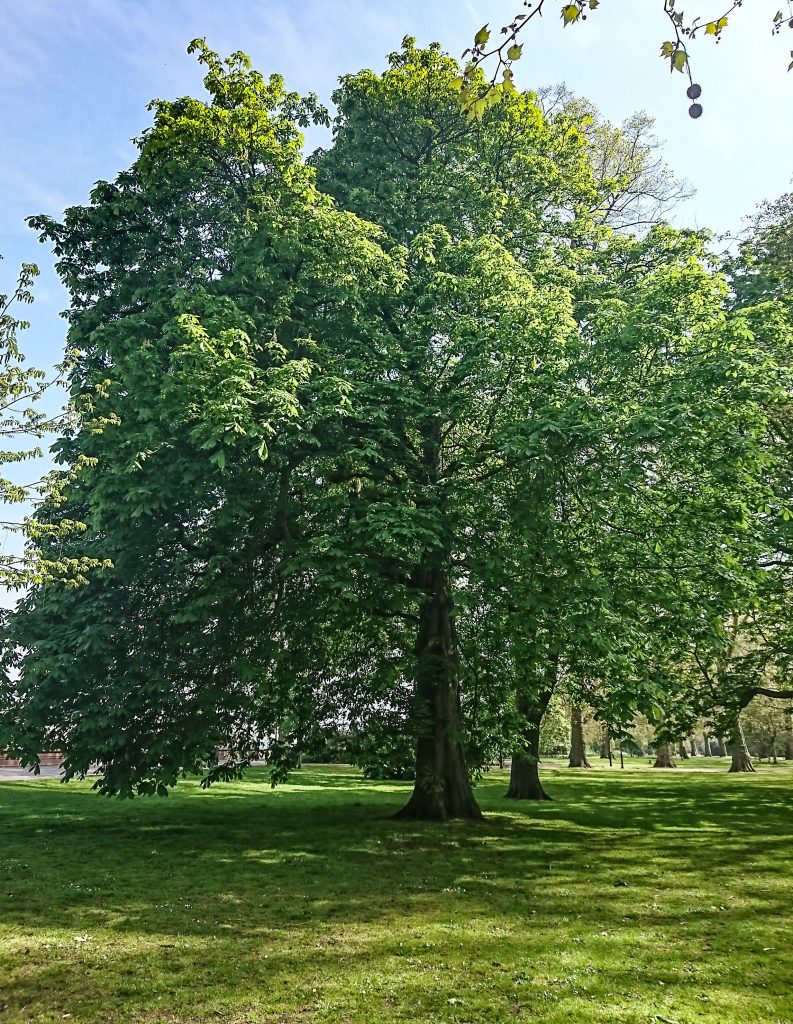Tree and plant identification is something that everyone can enjoy, and can enrich our interaction with nature hugely.
By knowing what type of tree you’re looking you can understand more of its characteristics – how it lives; looks now; how it will change and why it is important to the natural world. This can assist in creating a deeper connection to the natural world around you.
Here are some simple tips for identifying common UK and temperate trees which you can use together with our UK and Temperate Tree ID guide:
Evergreen or Deciduous (drops its leaves in winter)?

Evergreen trees: in leaf all year round. Can be found with waxy leaves to protect from frost (e.g. Holly) or Needles (e.g. Pine); leaves are darker green in colour; branches often grow horizontally or downward rather than upwards

Deciduous trees: drop leaves in winter; more commonly lobed rounded leaves; lighter green colour in spring & summer – turning yellow-red-purple colours in Autumn; branches often grow upwards; more likely to flower than evergreens
Using leaves as clues: Leaves are the most common way to ID a tree.
- Notice the different shapes, textures, sizes and colours of leaves and needles
- Leaves are great indicators of tree species, the more you look the more you’ll see patterns in types of trees

Flowers, fruits, seeds and nuts: learning the other markers of tree species can also help
- Spring is a great time to get to know tree flowers: e.g. cherries, hawthorns, magnolias
- In autumn and sometimes all year round trees can bare fruit: look for the colour, size and time of year of fruiting
- Not all trees flower or produce edible fruit but they all make seeds to procreate: learning your sycamore from your oak and Alder can help

Bark: each tree species will also have a distinctive bark colour, texture and thickness
- Start touching the bark of trees to understand the differences
- Some trees have very unique bark such as the silver birch and cherry trees.
- Often a trees’ bark changes from when its young to mature.

Buds and branches: when trees aren’t in leaf the buds of the leaves can be distinctive
- The buds and branches of trees in winter vary: from Ash with its distinctive black buds, to sycamores green buds and alders dry winter seeds.
- Check out this Bud ID sheet and blog for some excellent bud guides

Form and size of tree: how a tree stands and its canopy is shaped
- The form of a tree is a big clue to its species: this can include height of the tree, size and shape of the canopy, trunk and way the tree stands

Winter tree ID: Leaves are all good but in winter deciduous trees are bare! Winter tree ID can be harder work but there are lots of ways to identify.
- Utilise all the other characteristics of trees already mentioned to get to know a tree better: e.g. bark, form, seeds, buds
- Look at the floor: often trees in winter will still have fallen leaves, seeds, decaying fruit etc under its canopy on the floor
Published May 2019

